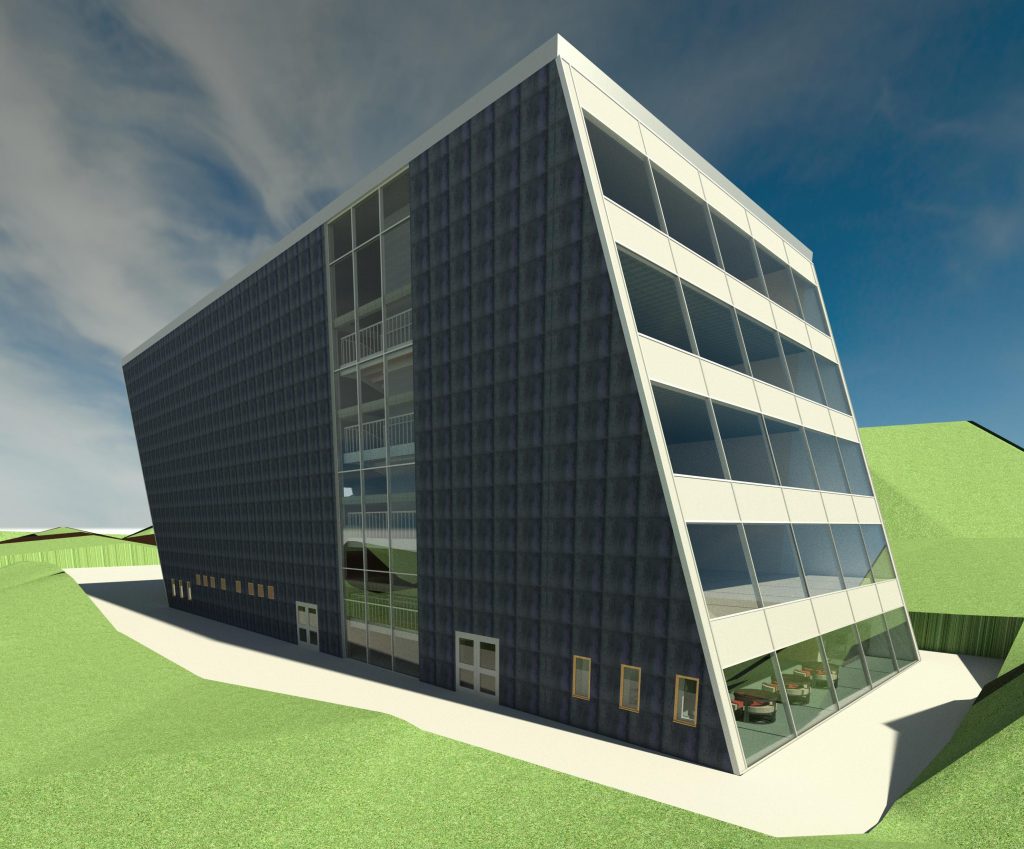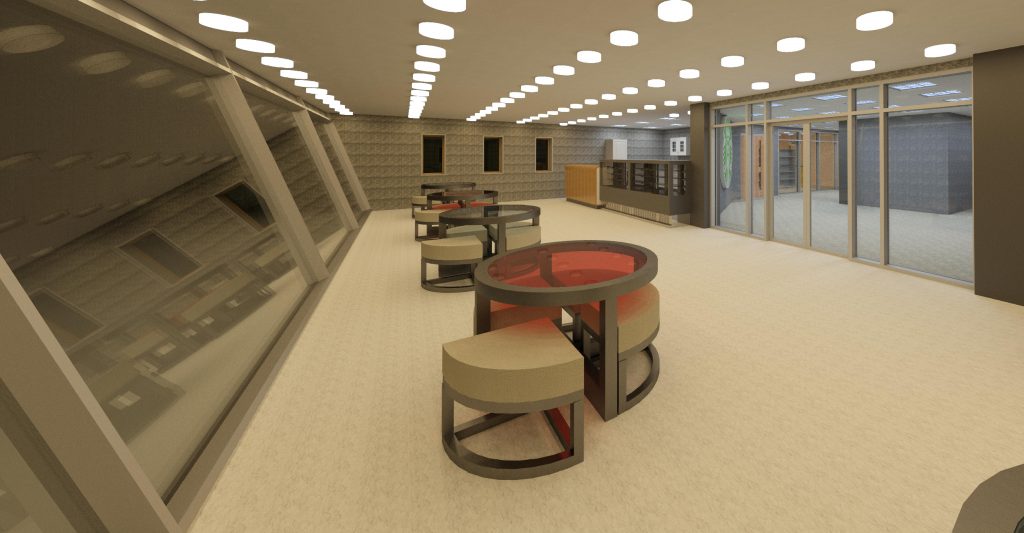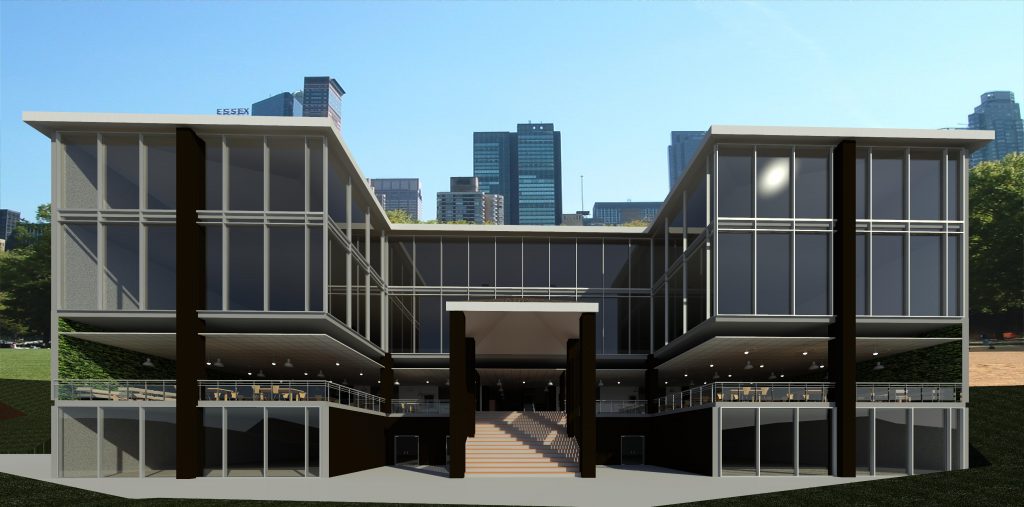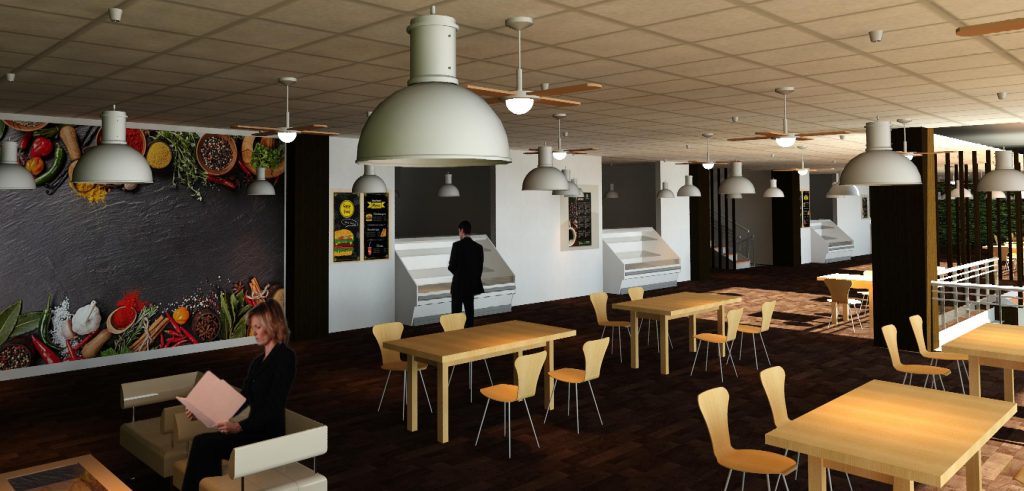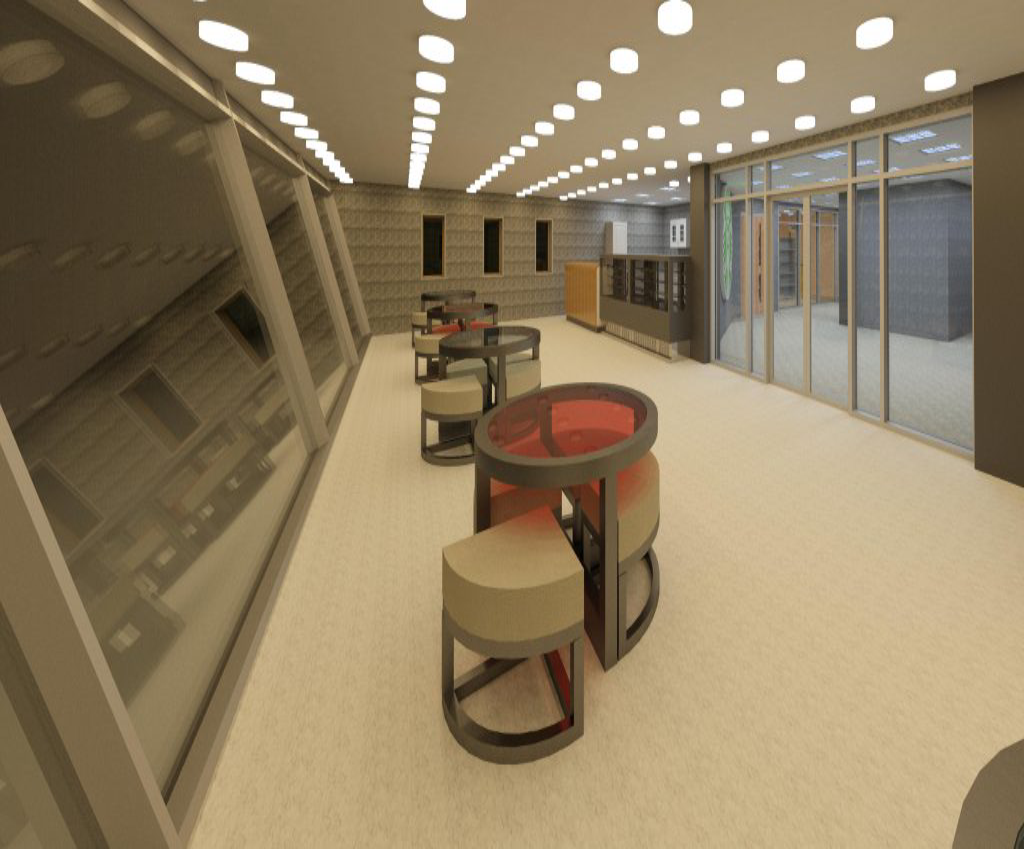Fresh Civil Structure Engineering graduates and mid-careerists with no prior work experience will complete 2 months of classroom training in BIM and CAD applications. The training is conducted by Ace Industry Academy (AIA), the official training arm of AcePLP, and will prepare you as you embark on your career as a Civil and Structural BIM Engineer. AIA is an SSG/WSG approved training provider, and some modules which you attend during this period will be WSQ-accredited, and in line with the national skills framework for the Built Environment. (SSG/WSG is a statutory council formed by the Ministry of Manpower and Ministry of Education.)
Certificates will be awarded on completion of classroom training, and thereafter, you will be assigned to work on projects to gain experience. To guarantee a smooth transition, AcePLP pairs freshly trained BIM engineers with senior colleagues or Alumni. Trainers will also be on hand to assist the new Engineers if they run into any challenges. The experience you gain from participating in projects can be used towards the Digital Delivery Management Accreditation Scheme.
In your projects, you may work with developers and main contractors with their own Civil and Structural Engineering departments, C&S engineering consultants, or registered surveyors. You will have the opportunity to work on BIM models for roads, bridges, buildings, railways, sewage systems, airports. In the BIM models, you will create Structural elements such as beams, columns, foundations, trusses, and walls.
As you learn and progress in the digital delivery services role, you may be moved into assignments that require a great deal of integration and coordination with other stakeholders, because the role of design and construction is often a collaboration between consultants, contractors, and specialists. BIM models are essential for better collaboration, reducing the cost and improving quality of the work by enabling iterative design, review, and updates.
Advancements in construction technology is reshaping the future of civil and structural engineering, and your experience will also contribute towards an entry in the Civil and Structural Engineering track within the Built Environment.
In the 26-month AcePLP Career Advancement Programme, you start off in our classrooms to undergo intense technical training in BIM to build your foundational skills in Digital Delivery Management.
Through our training programme, we ensure that you gain the ability to use the most popularly used BIM application software in Singapore, which are Autodesk Revit, Bentley OpenBuilding, OpenRail and OpenPlant. This gives you the flexibility to work on various kinds of building and infrastructure projects in Singapore. We will also cover the use of 2D products such as AutoCAD and MicroStation, which are crucial for the documentation of the BIM models.
Occasionally, Autodesk Civil 3D is used in civil infrastructure projects. As an extension to AutoCAD, Civil 3D has a similar interface which builds on top of AutoCAD capabilities to generate 3D models for surfaces, alignments, profiles, assemblies, and corridors.
As when opportunity arises, we will put you through training in 4D BIM products, combining the BIM model with a Microsoft Projects or Primavera P6 schedule using products such as Synchro 4D or Navisworks Manage, enabling you to deliver on Virtual Design and Construction processes. You may undergo other types of training depending on your interest and where the opportunities take you.
The Digital Delivery Management track involves the adoption and implementation of up-to-date emerging digital technologies to optimize operations and processes, improve collaboration and enhance work efficiency.
You can progress in this track to become an expert DDM professional, rising in the ranks to become a Tier 2 (Lead) BIM Manager, where you will play leading roles in project delivery, digital solutions and adoption, competency building and innovation to organisations or project teams in the Built Environment.
At the height of your career in the DDM track, you can aspire to be a Chief Digital Officer (Tier 1), a C-suite role where you will oversee the implementation and innovation of digital solutions to achieve digital transformation in the business, leading the strategic direction in your team.
Alternatively, you can move into other tracks in the Built Environment that is of interest to you, such as Architecture, Quantity Surveying, Construction and/or Project Management. With a domain knowledge grounded in construction through the experience in projects, armed with a spatial awareness via your 3D modelling and visualization skills, you can enter other tracks to continue to build domain expertise and experience.
The skills, knowledge, and experience which you gain from participating in this apprenticeship programme will make you eligible to become an accredited professional in the Digital Delivery Management (DDM) track of the Built Environment. This is a nationally recognized industry accreditation scheme that provides a structured framework to assess and recognize your digital skillsets. The recognition can help you ensure appropriate remuneration and enhance employability.
By gaining the requisite skills and experience through our apprenticeship programme, you will minimally qualify as a Tier 4 DDM Professional (Assistant Specialist), commonly known in our industry as a BIM Modeller, at the end of the 26-month programme.
If you have undertaken BIM coordination projects in the period of your apprenticeship, integrating models from various engineering disciplines such as Structural services and Architecture to deliver coordinated combined services models, you may qualify at the Tier 3 DDM Professional (Specialist) level, commonly known in our industry as a BIM Coordinator.
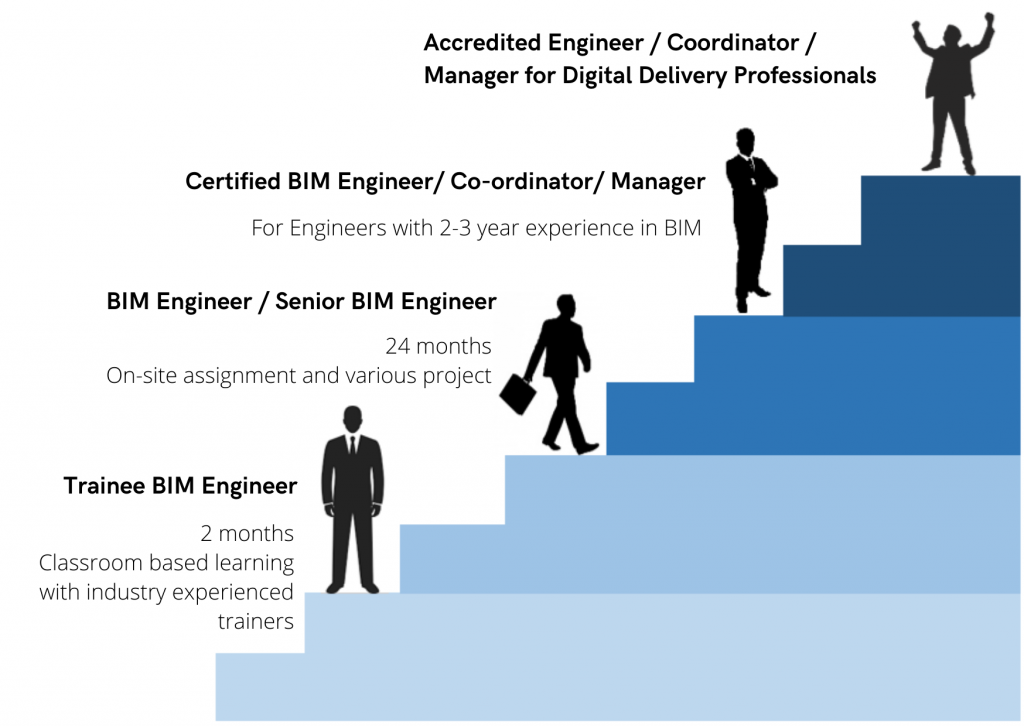



Entry Requirements


Role Of An Civil Structural Engineers In AcePLP
What You Will Learn On The Job
In the 26-month AcePLP Career Advancement Programme, you start off in our classrooms to undergo intense technical training in BIM to build your foundational skills in Digital Delivery Management.
Through our training programme, we ensure that you gain the ability to use the most popularly used BIM application software in Singapore, which are Autodesk Revit, Bentley OpenBuilding, OpenRail and OpenPlant. This gives you the flexibility to work on various kinds of building and infrastructure projects in Singapore. We will also cover the use of 2D products such as AutoCAD and MicroStation, which are crucial for the documentation of the BIM models.
Occasionally, Autodesk Civil 3D is used in civil infrastructure projects. As an extension to AutoCAD, Civil 3D has a similar interface which builds on top of AutoCAD capabilities to generate 3D models for surfaces, alignments, profiles, assemblies, and corridors.
As when opportunity arises, we will put you through training in 4D BIM products, combining the BIM model with a Microsoft Projects or Primavera P6 schedule using products such as Synchro 4D or Navisworks Manage, enabling you to deliver on Virtual Design and Construction processes. You may undergo other types of training depending on your interest and where the opportunities take you.
Career Progression As An Civil Structural Engineers Professional
The Digital Delivery Management track involves the adoption and implementation of up-to-date emerging digital technologies to optimize operations and processes, improve collaboration and enhance work efficiency.
You can progress in this track to become an expert DDM professional, rising in the ranks to become a Tier 2 (Lead) BIM Manager, where you will play leading roles in project delivery, digital solutions and adoption, competency building and innovation to organisations or project teams in the Built Environment.
At the height of your career in the DDM track, you can aspire to be a Chief Digital Officer (Tier 1), a C-suite role where you will oversee the implementation and innovation of digital solutions to achieve digital transformation in the business, leading the strategic direction in your team.
Alternatively, you can move into other tracks in the Built Environment that is of interest to you, such as Architecture, Quantity Surveying, Construction and/or Project Management. With a domain knowledge grounded in construction through the experience in projects, armed with a spatial awareness via your 3D modelling and visualization skills, you can enter other tracks to continue to build domain expertise and experience.
For information regarding the DDM Accreditation Scheme, visit ddm.buildingsmartsingapore.org.
Career Pathways To Accredited Digital Delivery Management (BIM) Professionals
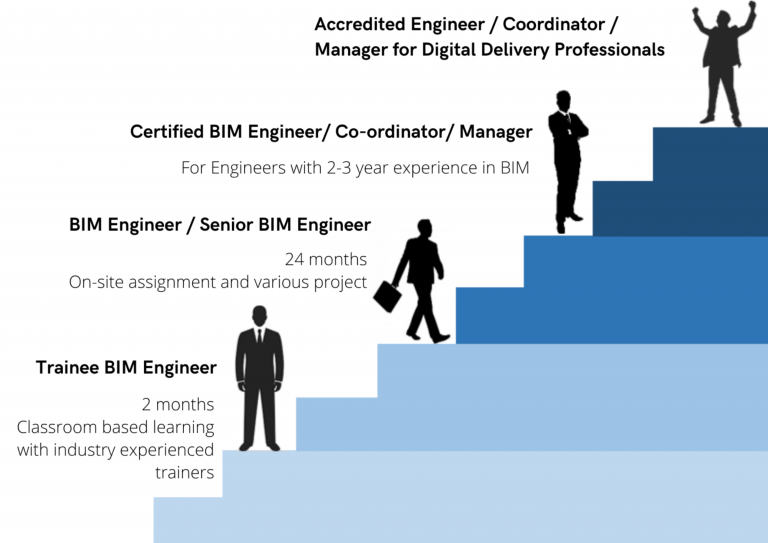

Other Available Positions


IT Systems Engineer
Manage our existing network infrastructure and develop IT Solutions for clients to meet their business needs.


Human Resources
Engage with aspiring young engineers and develop policies and initiatives that nurture a learning environment.


Sales
Be part of a team sourcing out the best opportunities for talent development, and help us create valuable networks in the industry.


Production Operator
Collaborate on our print production line and delivery services

